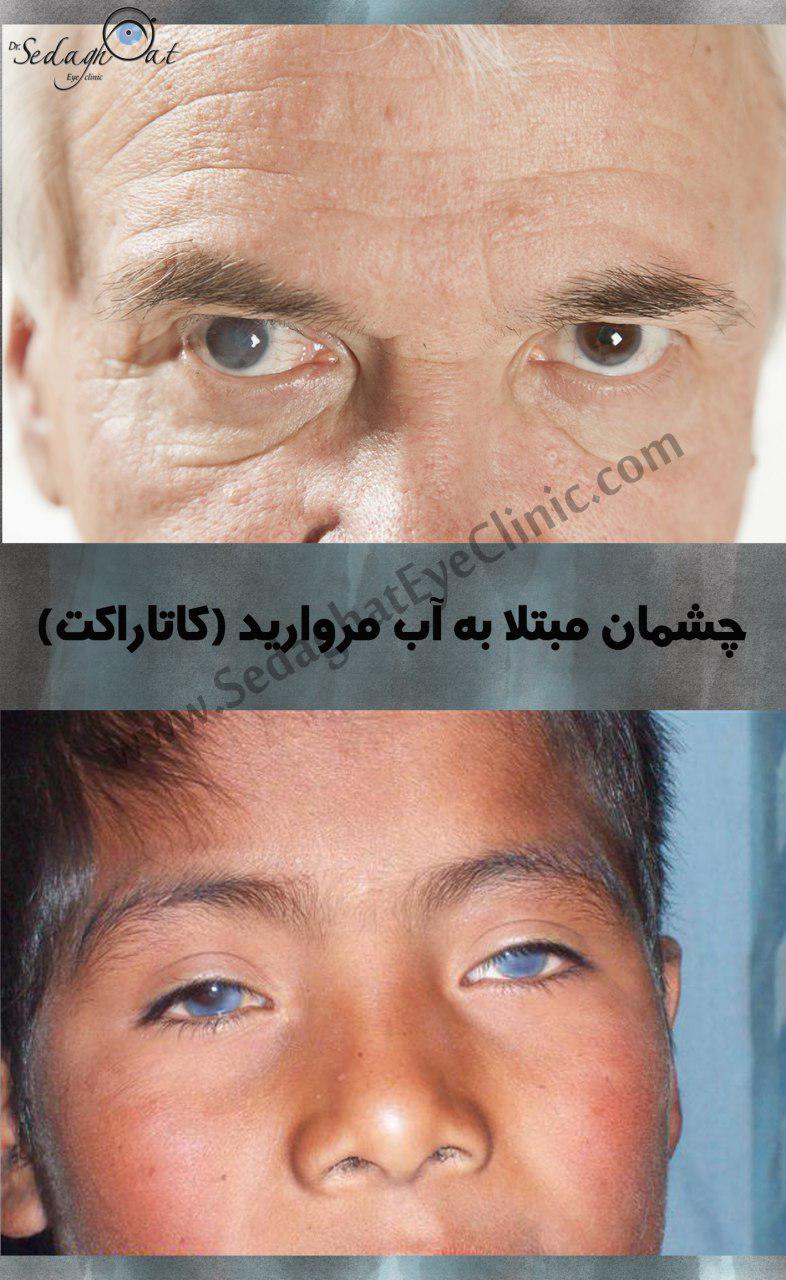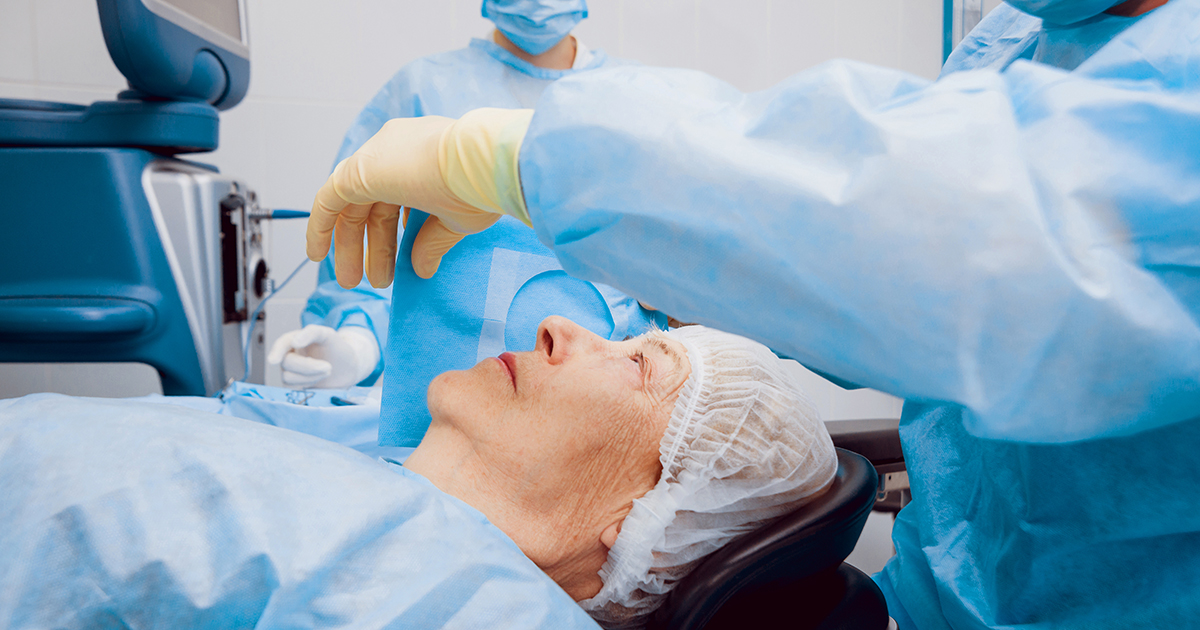Surgery is the only effective treatment. Surgery involves removing the cloudy lens and replacing it with an artificial lens.
When is the time of surgery?
When vision loss interferes with your everyday activities, such as driving, reading, or watching TV. Sometimes a cataract should be removed even if it does not cause problems with your vision. For example, a cataract should be removed if it prevents examination or treatment of another eye problem, such as age-related macular degeneration or diabetic retinopathy.
In the past, doctors advised patients to wait until cataracts were “ripe”-or, reached advanced stages-to pursue treatment. Today, however, it is considered ideal to treat cataracts as early as possible because even may make the surgery more difficult.
Cataract surgery is an outpatient procedure performed while the patient is awake. Numbing drops or an injection of local anesthetic make the surgery painless. We are now proud to use the most advanced phaco surgical techniques and Thanks to recent advances in lens technology, offer advanced lenses that are specially designed to reduce or eliminate your dependence on glasses.

Preoperative stages
The patient’s eyes are imaged by the Biometry and IOL Master apparatuses before the operation, and after various calculations, the ophthalmologist determines the number and type of intra ocular lens.
The patient should already inform the doctor if he has undergone another surgery, such as Lasik.
Preoperative preparation
The presence of a relative or a friend is necessary on the day of operation, because the person will not be able to drive after surgery. The patient should avoid eating 6 hours and drinking 1 hour before surgery.
The patient should take routine medications (e.g. blood pressure, diabetes, etc.) even in the morning with the coordination of his physician. Consult with your prescribing doctor and ophthalmologist regarding using blood thinners such as aspirin, plavix etc.
How is a cataract treated?
Surgery is the only effective treatment. Surgery involves removing the cloudy lens and replacing it with an artificial lens.
Postoperative care
Avoid touching and rubbing the eyes within the first two weeks after the operation, thus use a plastic shield, especially during sleep.
- Taking shower is permitted 48 hours after surgery (eyes should not to be rubbed)
- The plastic shield is washable; wash it daily with soap and water.
- Drugs should be taken according to the instructions and accompanied by the patients in the following visits.
- The drop should be taken by the aid of someone else.
- Do not touch or hit the eye while dripping, and the tip of the drop should not contact the cornea, eyelashes, or eyelids.
- If 2 drops should be taken simultaneously, consider at least 5 minutes between the two drops.
- There is no need to wake up for drops during sleep.
- Visit your ophthalmologist immediately in case of intense pain, redness, sensitivity to light, reduction of vision and purulent discharge; if inaccessible, present an emergency clinic.
- Periodic examinations should be timely done after the surgery.
Risks and possible complications of surgery
Most of these complications are rare, though the patient should be aware of them:
- Infection
- Postoperative inflammations
- Intra ocular bleeding
- Increased intra ocular pressure
- Macular edema (central retina)
- Corneal edema
- Retinal tear
- Vision loss (relative or complete)

